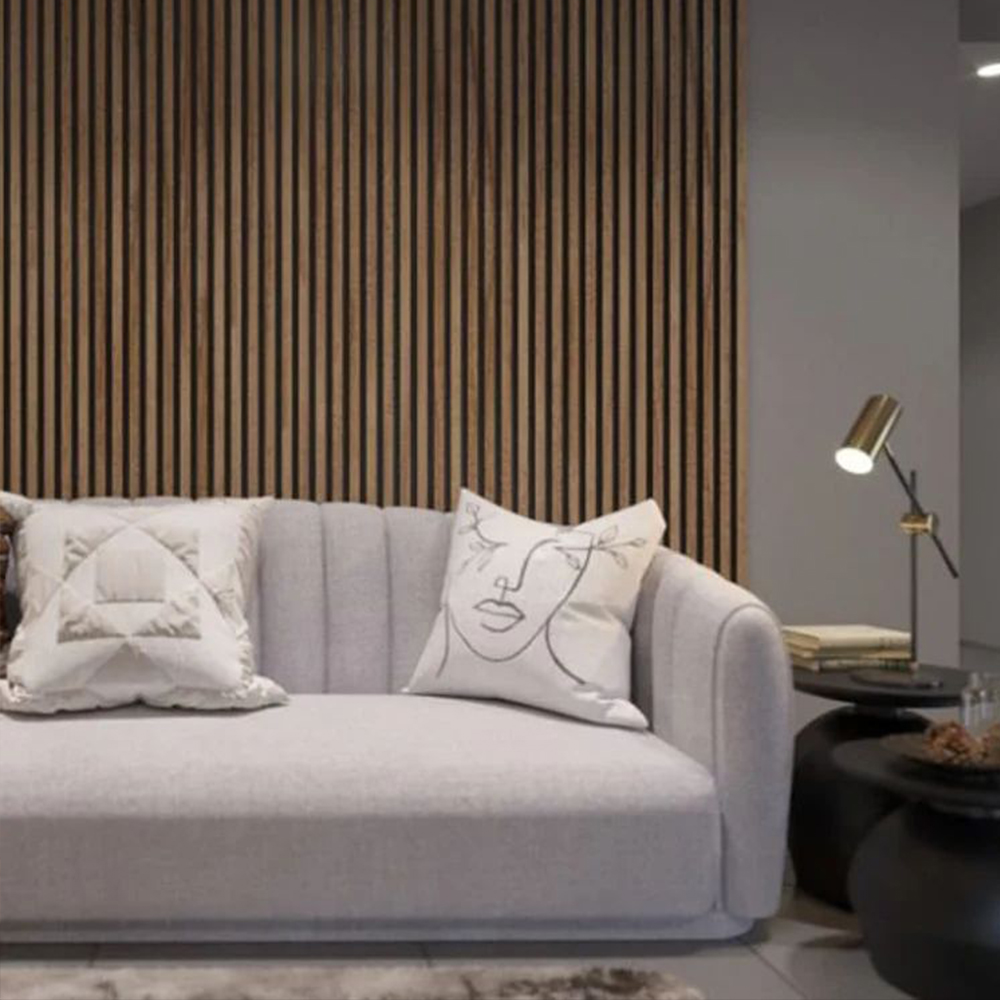Are you considering
to straighten your teeth but unsure if it’s the right choice for you? With its clear, comfortable aligners, Invisalign has become a popular alternative to traditional braces. But is it the best fit for your needs? In this guide, we’ll explore who can use Invisalign, whether it’s suitable for both teens and adults, and the dental issues Invisalign can fix.
Who Is the Best Candidate for Invisalign?
Not everyone is a perfect fit for
. It works best for those who meet specific criteria. Here’s what makes an ideal candidate:
✅ Mild to Moderate Teeth Misalignment
If you have crowded teeth, gaps between teeth, or slightly rotated teeth, you’re likely a great candidate for Invisalign. However, severe misalignment may require traditional braces or a combination of both treatments.
✅ Commitment to Wearing Aligners
One major advantage of Invisalign aligners is that they’re removable, but this also means you need the discipline to wear them 20 to 22 hours per day. If you frequently forget to put them back in, your treatment may take longer than expected.
✅ Good Oral Hygiene
Since Invisalign clear aligners fit snugly over your teeth, any food or bacteria trapped underneath can lead to cavities and gum issues. Regular brushing and flossing are essential to maintain oral health throughout your treatment.
✅ No Severe Bite or Jaw Problems
While Invisalign treatment can fix many common dental problems, it’s not ideal for severe overbites, underbites, or jaw misalignment. If you have a complex bite issue, your orthodontist may recommend braces or additional treatments alongside Invisalign.
Can Teens and Adults Both Use Invisalign?
Absolutely! Invisalign for teens and Invisalign for adults are both highly effective solutions, but they work slightly differently depending on age.
▶ Invisalign for Teens
For younger patients, Invisalign Teen comes with features like:
✔ Compliance indicators (blue dots that fade when worn correctly)
✔ Eruption tabs to accommodate growing teeth
✔ Replacement aligners in case of loss or damage
Teens who are responsible and committed to wearing their
consistently can see excellent results.
▶ Invisalign for Adults
More adults are choosing Invisalign treatment because they want a discreet way to straighten their teeth without the appearance of metal braces. Invisalign for adults is perfect for professionals, parents, and individuals who had braces before but experienced teeth shifting over time.
What Dental Issues Can Invisalign Fix?
Invisalign clear aligners are designed to treat a variety of common orthodontic issues. Here’s what they can help correct:
1️⃣ Crowded Teeth
When teeth don’t have enough space, they overlap, making brushing and flossing difficult. Invisalign aligners gradually shift crowded teeth into proper alignment.
2️⃣ Gapped Teeth
Invisalign can create oral health problems, leading to gum disease and speech difficulties. Invisalign treatment closes these gaps for a more even smile.
3️⃣ Overbite
A deep overbite (where the upper front teeth excessively cover the lower front teeth) can cause enamel wear and jaw pain. Invisalign aligners help reposition the bite to reduce these issues.
4️⃣ Underbite
An underbite happens when the lower teeth extend beyond the upper teeth, leading to chewing and speech problems. Invisalign treatment can fix mild to moderate cases, but severe underbites may need additional orthodontic work.
5️⃣ Crossbite
A crossbite occurs when some upper teeth sit behind lower teeth, which can cause uneven wear and gum recession. Invisalign aligners correct this issue by gradually repositioning the teeth.
6️⃣ Open Bite
An open bite means the upper and lower teeth don’t touch when the mouth is closed, often leading to difficulty in chewing. Invisalign treatment helps close the bite for improved function and aesthetics.
Final Verdict: Is Invisalign Right for You?
If you have mild to moderate misalignment, are committed to wearing Invisalign aligners, and maintain good oral hygiene, then Invisalign treatment is a fantastic option for you! Both teens and adults can benefit from this advanced orthodontic solution, and it effectively corrects crowding, gaps, overbites, underbites, and more.
Before making a decision, schedule a consultation with an Invisalign provider to determine if you’re an ideal candidate. A customized treatment plan will ensure the best results tailored to your specific needs.
Take the First Step Toward a Straighter Smile!
Ready to transform your smile with Invisalign? Contact an Invisalign treatment today and start your journey toward healthier, straighter teeth!
